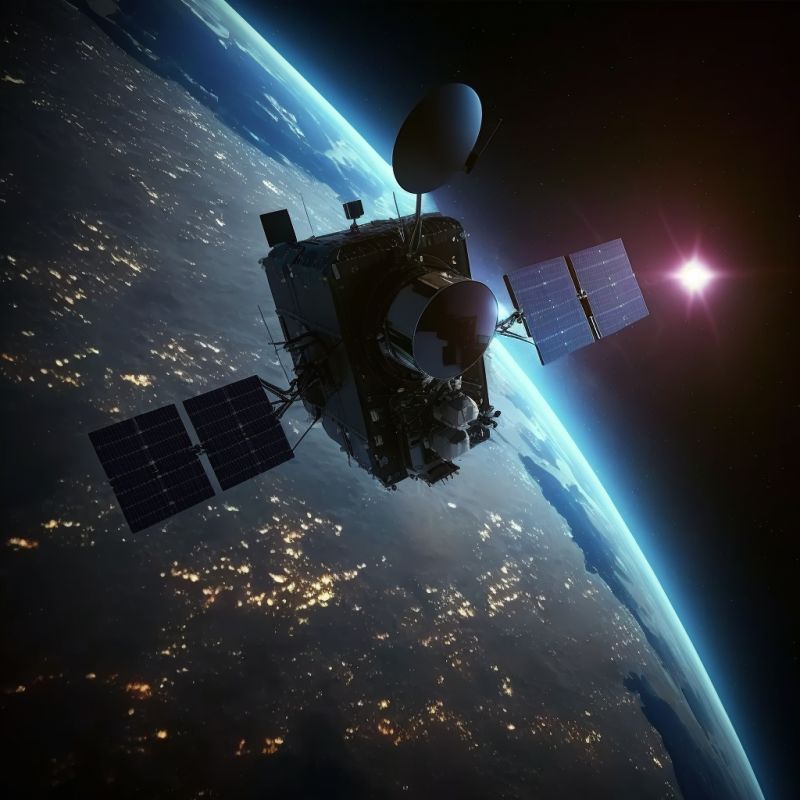On June 28-29, 2023, a series of messages on a Telegram channel claimed a large-scale cyber attack against Dozor-Teleport. Along with the claim messages, numerous files to download, an audio recording, and several screenshots were made available. The attacker(s) claimed affiliation with the Wagner Group without providing any additional evidence.
The information was first picked up on Twitter by pro-Ukrainian accounts. It quickly leaked to numerous cybersecurity news sites worldwide. Within 12 hours, major news outlets such as The Washington Post reported the information. Within 24 hours, the information was present on a range of media platforms.
During this dissemination, the information underwent a true game of “Chinese whispers.” The initial articles simply reproduced the information as it was published on Twitter or Telegram, barely mentioning that it was what the attackers claimed. Subsequently, various media outlets started amplifying the information. Headlines suggested that a Russian military hashtag#satellite network had been hacked before articles began appearing about hacked Russian military communication satellites.
In general, several issues continue to arise regarding the treatment of information about attacks in the space domain:
1️Once the word “satellite” is mentioned, the information suddenly gains interest in terms of cybersecurity. The reason is simple: the combination of space and cyber can quickly evoke fascination. The downside is that sensationalist headlines often multiply.
There is a clear lack of perspective regarding information related to cyberattacks. The need to be the first to publish information (which is understandable) leads to approximate or poorly verified information spreading rapidly.
The study and questioning of sources are rarely emphasized. Many press articles simply republish what has already been said without verifying the primary source of the information. As a result, basic information quickly becomes considered as true. For example, based on a given analysis on Twitter, it has been repeated by numerous media outlets that it was the first attack on a satellite provider since Viasat, which is false.
In the era of OSINT (Open-Source Intelligence), the amount of available information is considerable, but there is a lack of necessary reflection for understanding the information. Consequently, certain major cyberattacks that occurred over a year ago, such as the Viasat hashtag#attack, remain particularly vague in both their execution and impact.
#spacecybersecurity #satellite #cyber


